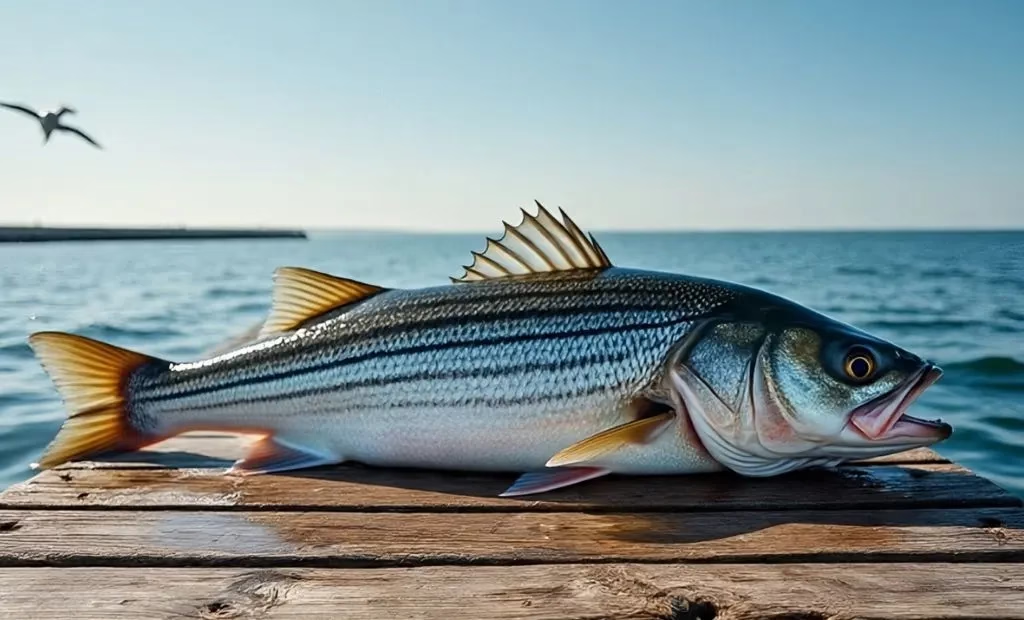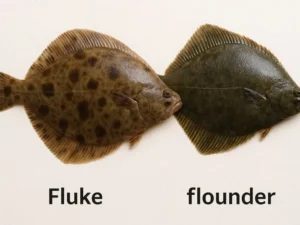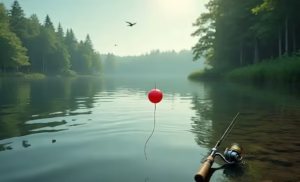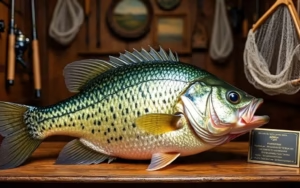Largest Striper Ever Caught, few fish inspire as much passion, debate, and pure fanaticism as the striped bass. Largest Striper Ever Caught an American symbol, is well-known for its size, power, and mysterious migration patterns. By chasing these silver-sided monsters through thundering river currents, calm coves, and pounding waves, generations of fishermen have made lasting memories along the Atlantic Coast. All anglers who have ever felt their pounding on the line have wondered how big stripers can really get.
Understanding the Largest Striper Ever Caught
Prior to exploring the records, it is essential to comprehend the species itself. The migratory predator known as the Largest Striper Ever Caught (Morone saxatilis) inhabits the East Coast of North America. Because it is anadromous, it spends most of its life in saltwater, but it returns to freshwater rivers to breed. Because of their ecological versatility, stripers have been successfully introduced to new ecosystems, including inland lakes and reservoirs that are far from any ocean. They are tough, resilient, and vicious predators. In their native coastal region, they hunt bait like menhaden, herring, and mackerel.
The World Record Striped Bass
Gregory Myerson made history while fishing Long Island Sound in August 2011 by capturing the Largest Striper Ever Caught officially recorded. Using a live eel, a classic bait for large stripers, Myerson captured a fish that would alter the course of history. After roughly fifteen minutes of fighting, the fish were eventually collected and transported on board. The International Game Fish Association (IGFA) certified the bass as the all-tackle world record due to its impressive 54-inch length and 84-pound, 14-ounce weight. Myerson’s capture set a new standard for striped bass fishing globally and shattered an old record.
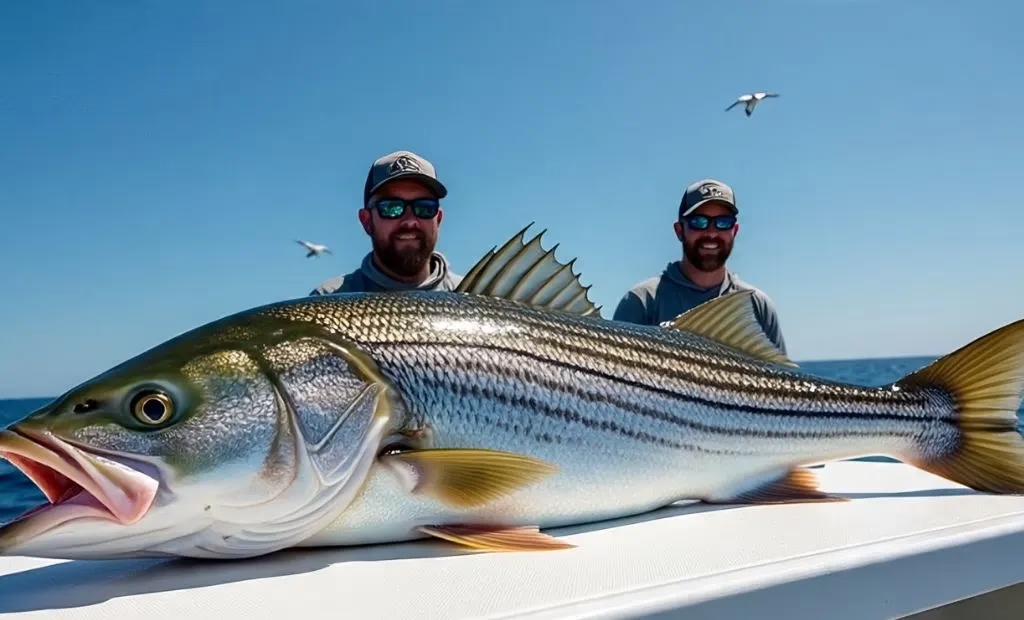
The Record That Stood Before
With his 78-pound, 8-ounce capture off Atlantic City, New Jersey, in September 1982, Albert McReynolds held the record for Largest Striper Ever Caught for over 30 years before Myerson’s monster. McReynolds got his fish under dramatic conditions, with waves crashing against the jetty, wind howling, and a violent Nor’easter storm battering the coast. He used a simple plug, a Rebel 5.5-inch lure, to fight the fish in the pounding surf for more than two hours. That epic catch inspired countless fisherman to brave storms to snag their own giant stripers.
Landlocked Records: Freshwater Giants
Not every Largest Striper Ever Caught can be found in the water. Stripers have been reintroduced into freshwater lakes and rivers throughout the United States by fisheries departments. The fish in these landlocked systems often become very huge, consume large amounts of baitfish, and face fewer predators than in the wild Atlantic. In February 2013, James Bramlett caught a 69-pound, 9-ounce landlocked striped bass in Alabama’s Black Warrior River, setting a new all-tackle landlocked striped bass record. He used live gizzard shad to catch the fish, demonstrating that live bait is still the best option for catching real giants in both fresh and saltwater.
Length Records: Conservation Through Measurement
Trophy fish should be measured rather than killed, according to groups like the IGFA and conservation-minded anglers in recent years. As a result, length-based world records have been established, in which fish are measured, captured on camera, and then released alive. Mark Alexander Foster holds one of the most remarkable of these records, having captured and released a 124-centimeter (48.81-inch) striper in the Chesapeake Bay in 2020.
Where Do the Biggest Stripers Live?
The largest stripers bass typically appear in highly specific locations where migration, food, and current paths all coincide. Numerous giants, such as Gregory Myerson’s world record fish, have been produced in Long Island Sound in New York and Connecticut. While New Jersey’s surf and jetties are renowned for storm-driven runs that frequently bring heavy bass within casting range of the shore, Maryland and Virginia’s Chesapeake Bay continues to be an important spawning and feeding area. The Cape Cod Canal in Massachusetts, further north, is well-known for its strong tides and yearly influx of trophy-sized fish.
How to Target a Trophy Striped Bass
Although chance is always a factor, it takes much more than luck to Largest Striper Ever Caught enough to make the record books. Patterns have developed over time that consistently result in giant fish. Although big artificial lures can also entice the largest stripers, particularly in low light, they typically react best to natural offerings like live eels, menhaden, mackerel, or shad. Additionally, timing is important because many of the heaviest bass are caught during the transitional seasons of spring and fall migrations, night fishing, and stormy weather. Because historical hotspots like Long Island Sound, Chesapeake Bay, and significant East Coast inlets have a history of consistently producing giants, location is equally important.
The Future of Striped Bass Fishing
Largest Striper Ever Caught populations are struggling today, especially in their natural Atlantic habitat.. Greatfully, this iconic species is being protected by catch-and-release ethics, responsible harvest limits, and habitat restoration initiatives. Who knows? It’s possible that a fish bigger than Gregory Myerson’s world record is already swimming somewhere, just waiting for the ideal angler, bait, and time.
Conclusion
The strike that feels unique, the weight that bends a rod like never before, the battle that leaves arms hurting and hearts racing—every angler dreams of that one fish. Largest Striper Ever Caught captured serves as a model and an inspiration, demonstrating that exceptional fish can still be found in the right waters and conditions. The world record of fishing a tidal river , a clam in land reservior ,or the roaring Atlantic surf.

